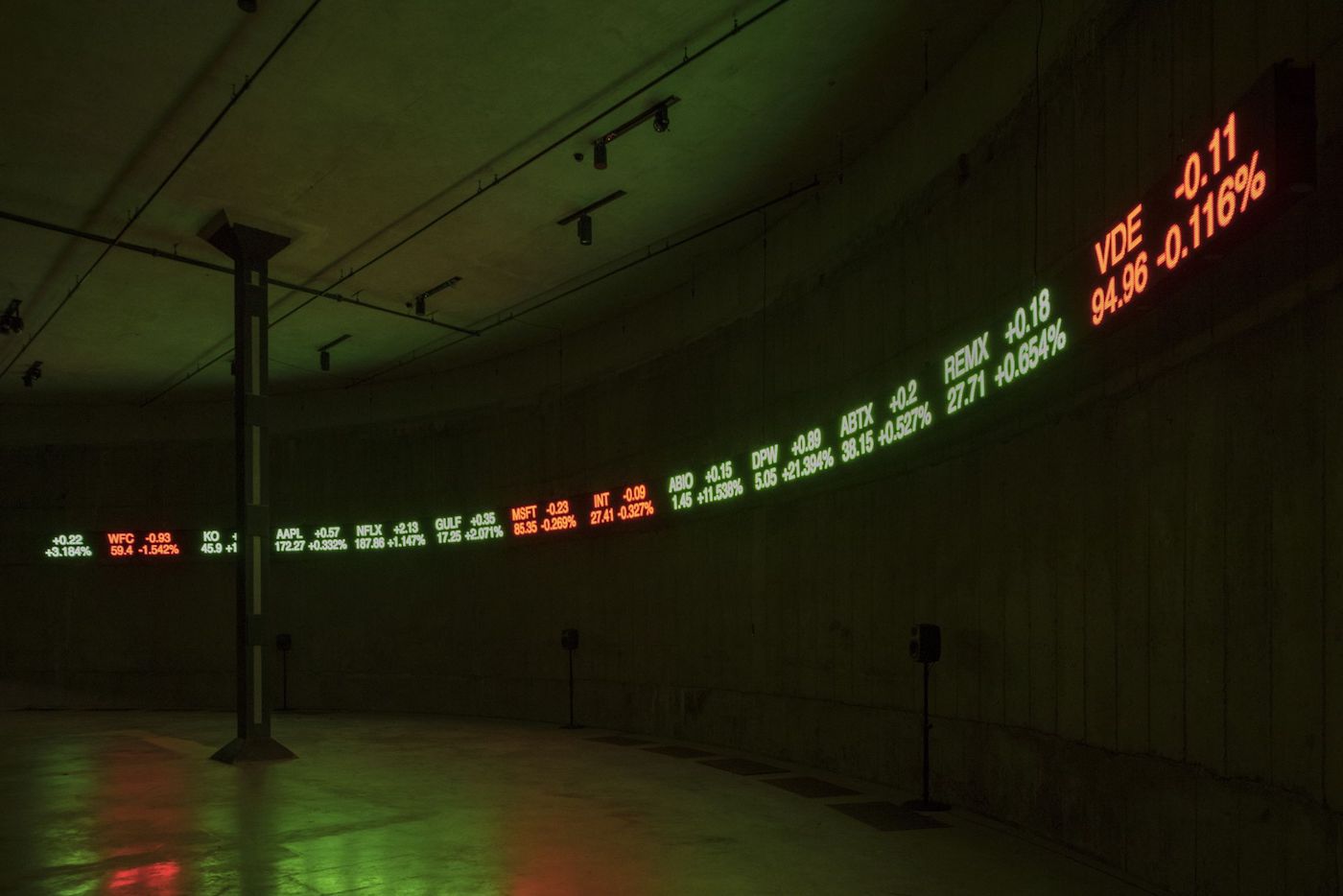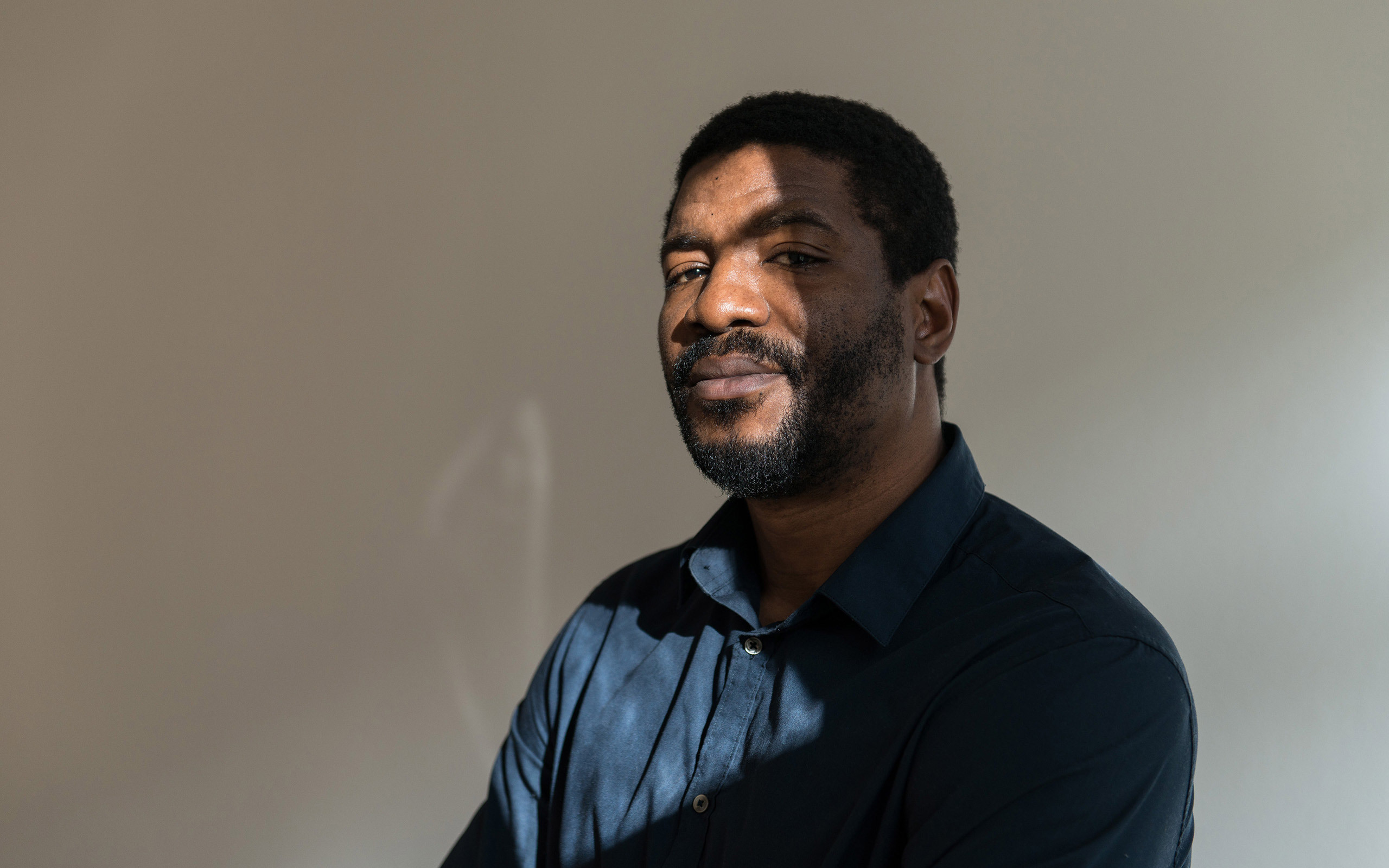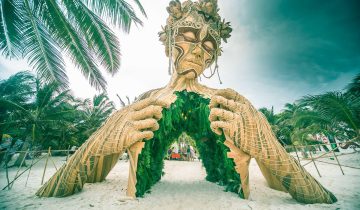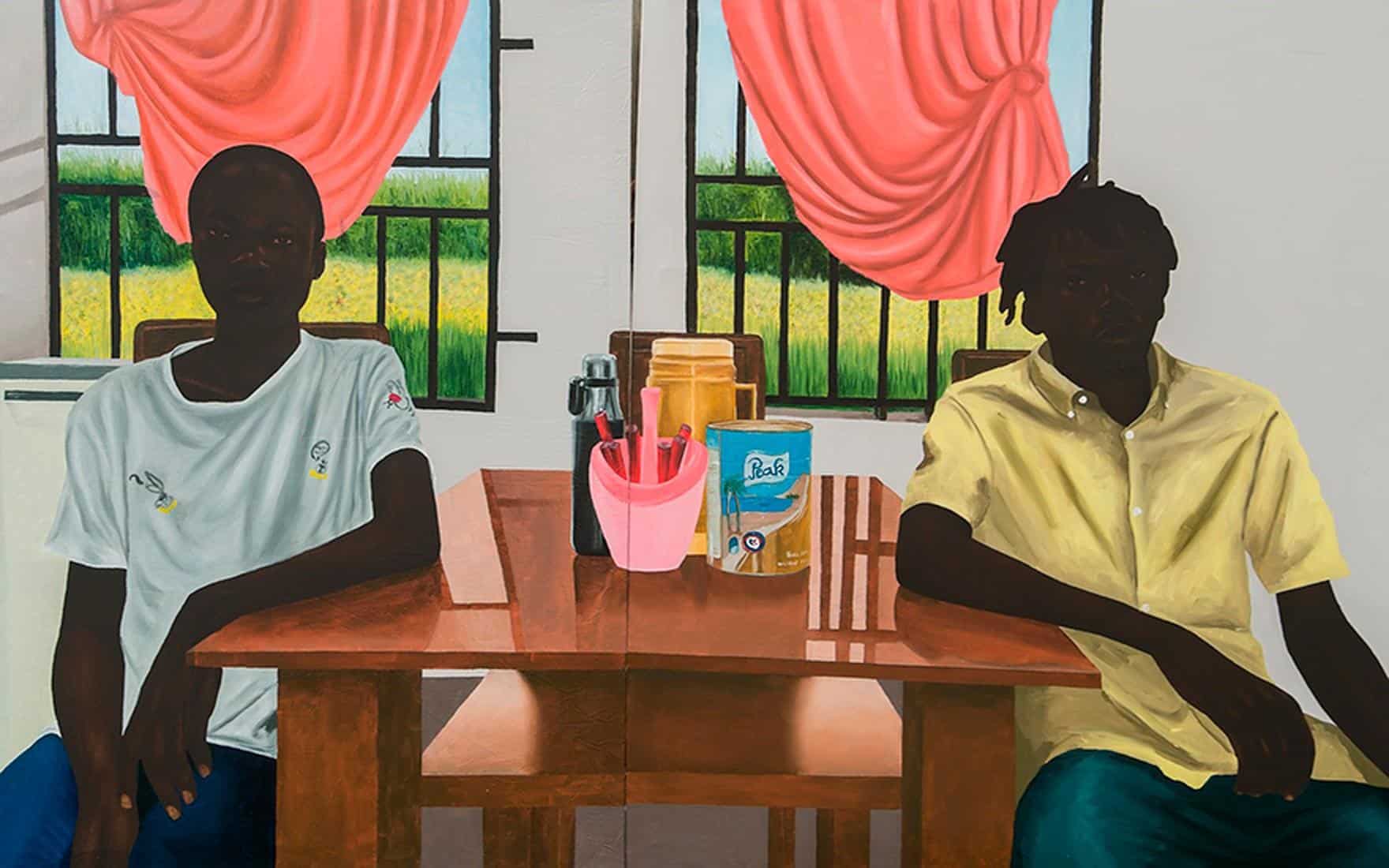African Artist Spotlight Series: Emeka Ogboh’s Sonic Landscapes
Within the ever-evolving world of contemporary art, the African Artist Spotlight Series emerges as an oasis of inspiration, serving as a platform for showcasing the creativity, innovation, and talent of contemporary African artists. In this journal, our focus is cast upon the brilliant Nigerian artist, Emeka Ogboh, a master of sound art and immersive installations that weave aural tapestries to narrate African culture, urban environments, and the power of sound in shaping human experiences.
Ogboh’s Inspiration and Artistic Philosophy
Emeka Ogboh, a Lagos-born artist, draws upon the vibrant chaos and cacophony of his city as the primary inspiration for his sonic landscapes. A bustling metropolis with a population exceeding 20 million, Lagos provides a fertile ground for Ogboh to explore the intricate relationship between sound, memory, and identity. The artist adeptly captures the essence of African cultures and history, utilizing sound as a medium to convey narratives that transcend boundaries.
In an interview with Frieze magazine, Ogboh explains his fascination with sound, stating, “Sound has been an integral part of African history, especially in the oral tradition.” His work, therefore, underscores the profound role sound has played in African cultures, functioning as an instrument of storytelling, communication, and the preservation of heritage.

Overview of Key Works and Installations
Lagos Soundscapes
One of Ogboh’s most notable projects is “Lagos Soundscapes,” a collection of immersive sound installations reflecting the cacophony of the Nigerian metropolis. In this project, the artist captures the auditory essence of Lagos, blending diverse elements such as the bustling markets, street vendors’ calls, blaring car horns, and the hum of generators.
In “Lagos Soundscapes,” Ogboh presents a vivid portrayal of Lagos’ urban environment, offering listeners a unique sensory experience that transports them to the heart of the city. The installation resonates with audiences worldwide, providing a deeper understanding of the city’s complexities and contradictions. This immersive experience not only highlights Lagos’ distinctive sonic identity but also prompts listeners to reflect on the role of sound in their own lives.
The Way Earthly Things Are Going
Another groundbreaking work by Ogboh is “The Way Earthly Things Are Going,” an installation that explores the Greek economic crisis through the lens of African soundscapes. This project was initially commissioned for documenta 14, an influential contemporary art exhibition held in Kassel, Germany, and Athens, Greece.
In this installation, Ogboh juxtaposes the sound of the Athens Stock Exchange ticker with traditional African music, specifically the Edo percussion rhythms from Nigeria. The artist masterfully interweaves these elements to create an auditory commentary on the global nature of economic crises, illustrating the interconnectedness of the world’s financial systems. As listeners immerse themselves in the sonic landscape, they experience a powerful reminder of the human impact of financial turmoil, transcending borders and cultures.
Ámà: The Gathering Place
Ogboh’s collaboration with the Smithsonian National Museum of African Art resulted in “Ámà: The Gathering Place,” an innovative installation that explores traditional Igbo musical instruments and vocal performances. In this work, Ogboh captures the spirit of the Ámà, a public gathering space in Igbo culture where people come together to socialize, share ideas, and resolve conflicts.
The installation features a multi-channel audio system, immersing visitors in a soundscape that includes the traditional Igbo instruments such as the ekwe (wooden slit drum), udu (clay pot drum), and oja (wooden flute), as well as vocal performances by renowned Igbo singers. This sonic exploration of the Ámà serves as a metaphor for the museum itself, inviting visitors to gather, exchange ideas, and experience the richness of Igbo culture through sound.
Through “Ámà: The Gathering Place,” Ogboh demonstrates the power of sound in bridging cultural divides and fostering connection, transporting listeners to the heart of an Igbo community and offering a deeper understanding of their unique heritage.

Techniques and Technologies Used in Ogboh’s Installations
Emeka Ogboh employs a combination of field recordings, sound manipulation, and multi-channel audio systems to create his immersive sonic landscapes. The artist ventures into the urban environment, armed with recording equipment, to capture the unique sounds that define the spaces he seeks to portray.
Once the raw sounds have been collected, Ogboh manipulates and layers them, constructing an intricate aural tapestry that reflects the complexities of the subject matter. His installations often utilize multi-channel audio systems, allowing the listener to be enveloped in the sonic environment, effectively transporting them to the heart of the soundscape.
Spatial and architectural considerations also play a crucial role in Ogboh’s installations. The artist carefully considers the physical context of each piece, adapting the work to suit the specific location and ensuring that the soundscape interacts harmoniously with its surroundings.
Ogboh’s Creative Process and Collaborations
Emeka Ogboh’s creative process is a fascinating blend of fieldwork, technological expertise, and artistic vision. He often begins his projects by immersing himself in the environment he seeks to portray, recording a wide array of sounds that capture the essence of the space. This hands-on approach provides Ogboh with an intimate understanding of the sonic character of his subjects, allowing him to create immersive soundscapes that accurately convey the atmosphere of the locations.
Throughout his career, Ogboh has collaborated with various artists, musicians, and institutions, enriching his work with diverse perspectives and expertise. One notable collaboration is with fellow Nigerian artist, Otobong Nkanga, for the exhibition “No Be Today Story,” which explores the history and culture of Lagos. In this project, Ogboh and Nkanga combine sound and visual elements to present an evocative portrayal of the city, emphasizing the interconnected nature of the senses in our perception of the world.
Broader Implications of Ogboh’s Work on the Global Art Scene
Emeka Ogboh’s innovative approach to sound art has contributed to a broader conversation about the role of non-visual mediums in contemporary art. By pushing the boundaries of traditional artistic expression, Ogboh challenges the notion that visual arts are the primary conduit for conveying complex ideas and narratives.
Furthermore, Ogboh’s work highlights the importance of cultural representation in the global art scene. His focus on African soundscapes and experiences provides a platform for African voices and perspectives to be heard, fostering greater appreciation and understanding of the continent’s rich cultural heritage.
In a world where the art world is often dominated by Western narratives and aesthetics, Ogboh’s work serves as a powerful reminder of the value and necessity of diverse artistic voices. By championing the stories and sounds of Africa, Emeka Ogboh enriches the global art scene and paves the way for future generations of artists to explore and celebrate their unique cultural identities.
The Influence of Emeka Ogboh on Emerging Artists
Emeka Ogboh’s success and innovative approach to sound art have had a profound impact on emerging artists, particularly within Africa. His work has inspired a new generation of creatives to explore the power of aural narratives, experimenting with the medium of sound to tell their stories and convey their experiences.
Young artists such as Luanda-based Nástio Mosquito, South African artist James Webb, and Kenyan sound artist KMRU are just a few examples of emerging talents who have been influenced by Ogboh’s work. These artists are pushing the boundaries of sound art, creating immersive installations that explore themes such as urban environments, cultural identity, and the human experience.
As more artists from diverse backgrounds are drawn to the world of sound art, the medium’s potential for fostering empathy and understanding across cultural divides continues to grow. Emeka Ogboh’s work serves as a powerful example of how sound can be used as a tool for communication, storytelling, and the preservation of cultural heritage.
The Future of Sound Art and Emeka Ogboh’s Role
The increasing interest in sound art, driven in part by pioneers like Emeka Ogboh, is likely to shape the future of contemporary art. As technology continues to evolve, artists will have access to new tools and platforms for creating and sharing their soundscapes, making the medium more accessible to a wider audience.
Emeka Ogboh’s role in the future of sound art will undoubtedly be that of a trailblazer, inspiring and mentoring the next generation of artists. His continued exploration of the potential of sound as a medium for artistic expression will not only contribute to the growth of sound art but also encourage others to experiment with new forms of storytelling and communication.
Emeka Ogboh’s distinctive sonic landscapes serve as a testament to the power of sound in shaping our understanding of culture, history, and the human experience. By immersing listeners in the aural tapestries of Lagos, Athens, and Igbo communities, Ogboh transcends the traditional boundaries of artistic expression, inviting us to engage in a deeper exploration of the world around us.
As we reflect on the legacy and lasting impact of Emeka Ogboh’s work, we are reminded of the potential for art to foster empathy, bridge cultural divides, and illuminate the rich tapestry of human experience. His innovative approach to sound art will undoubtedly continue to inspire and challenge future generations of artists, solidifying his place as a luminary in the global art scene.





 No products in the basket.
No products in the basket.